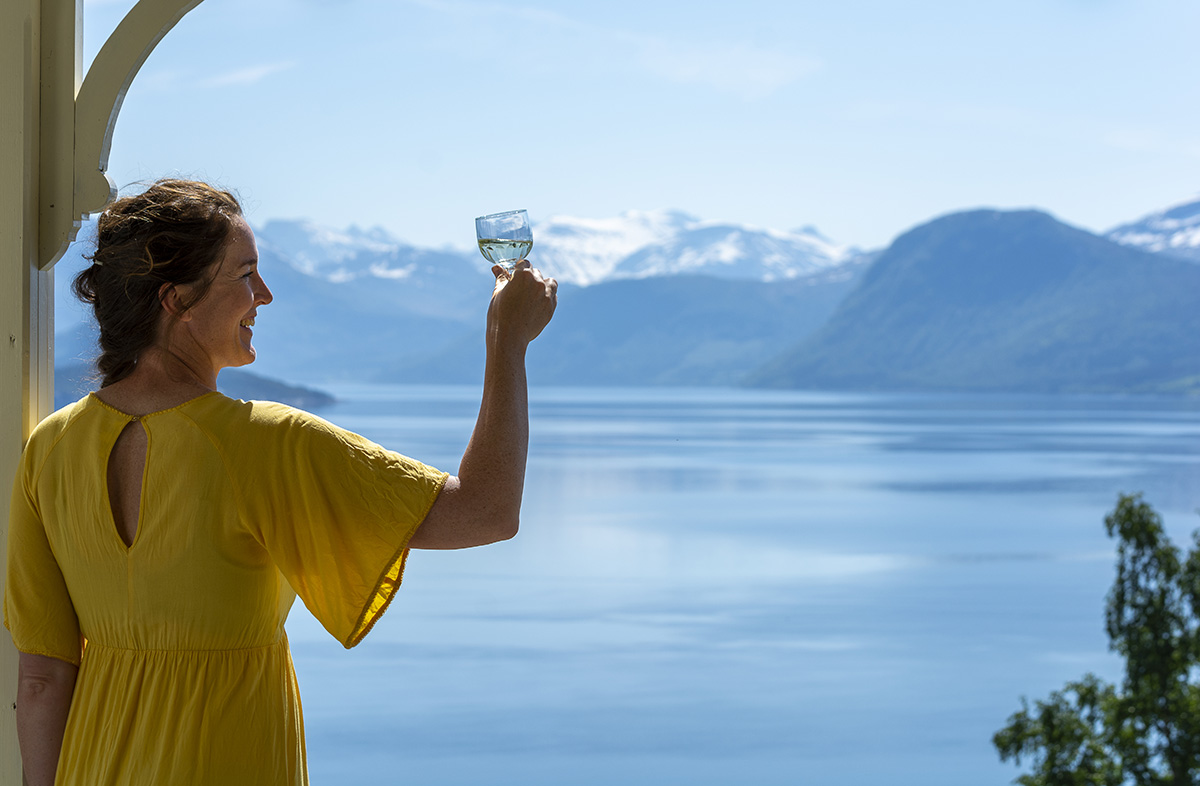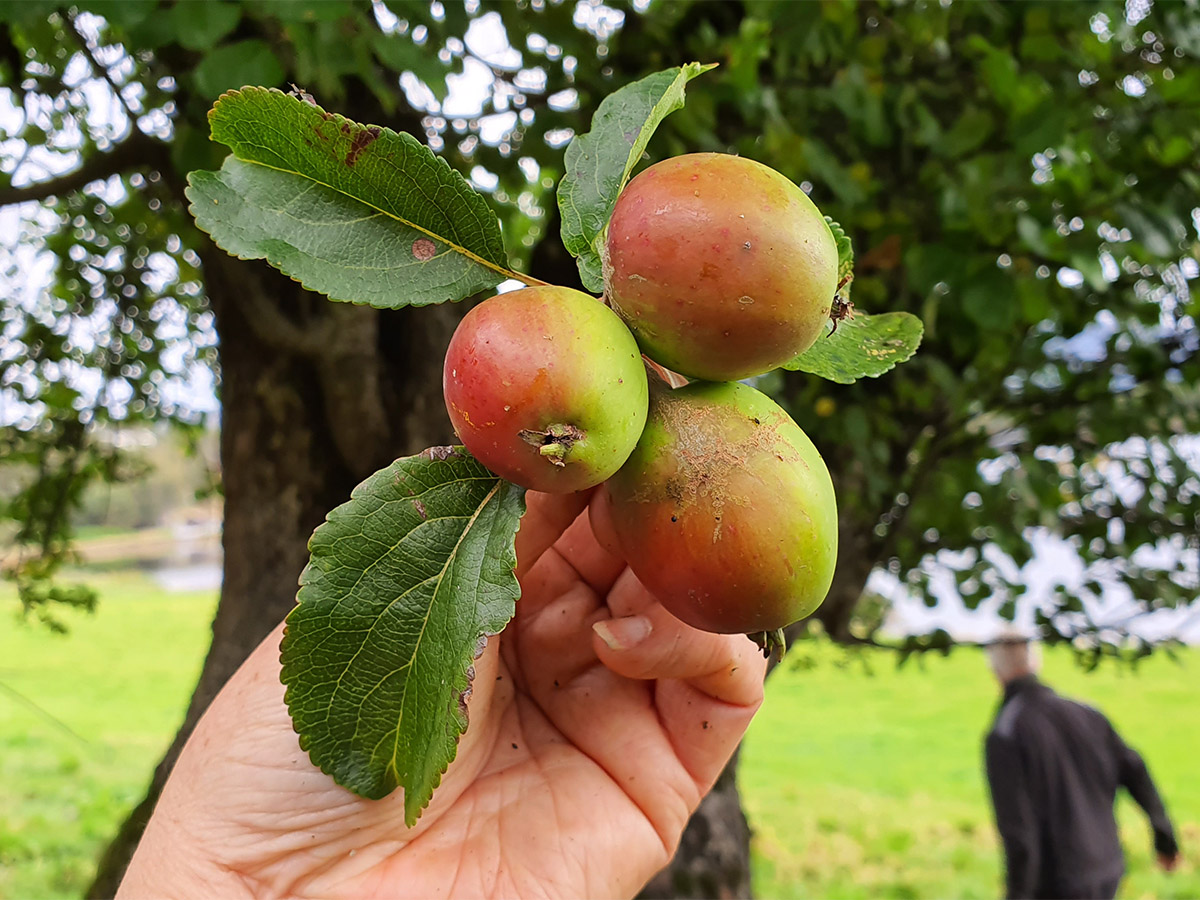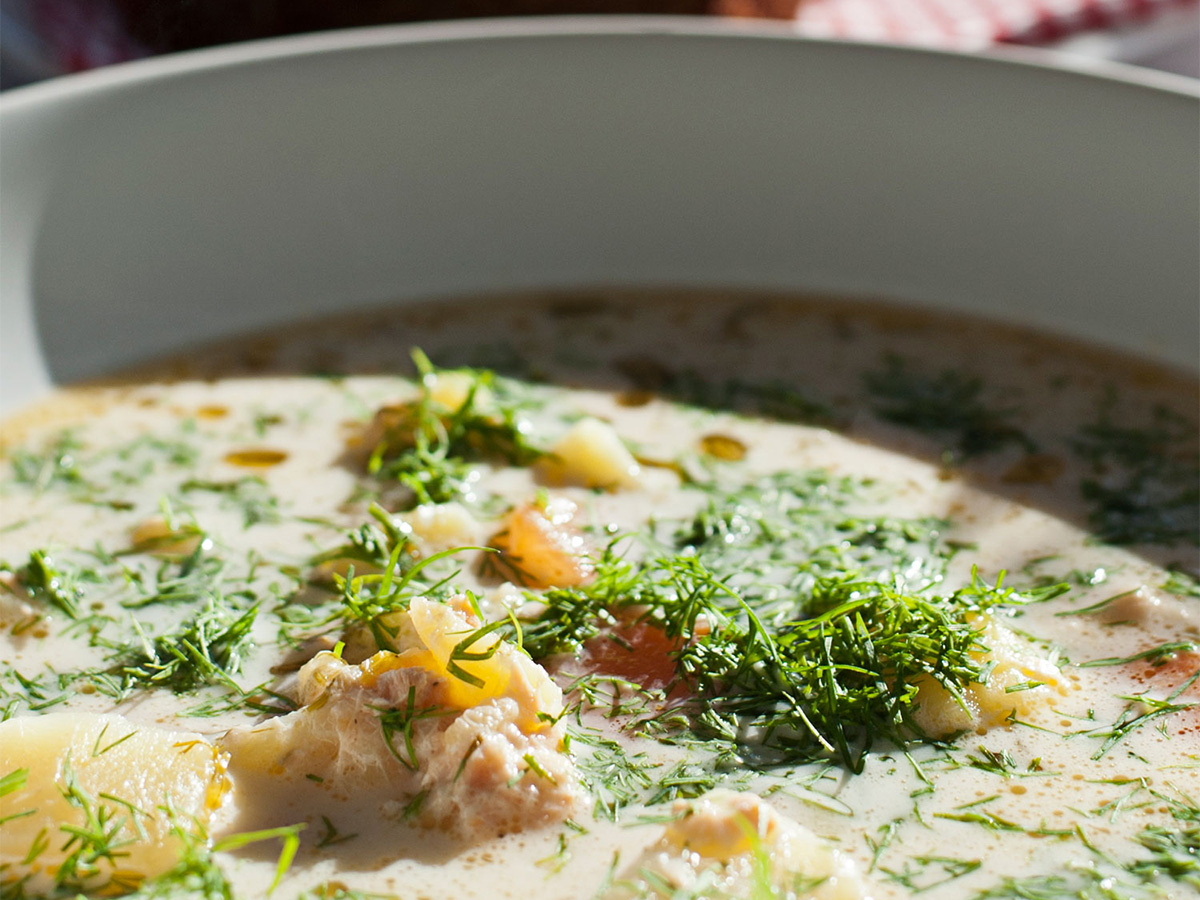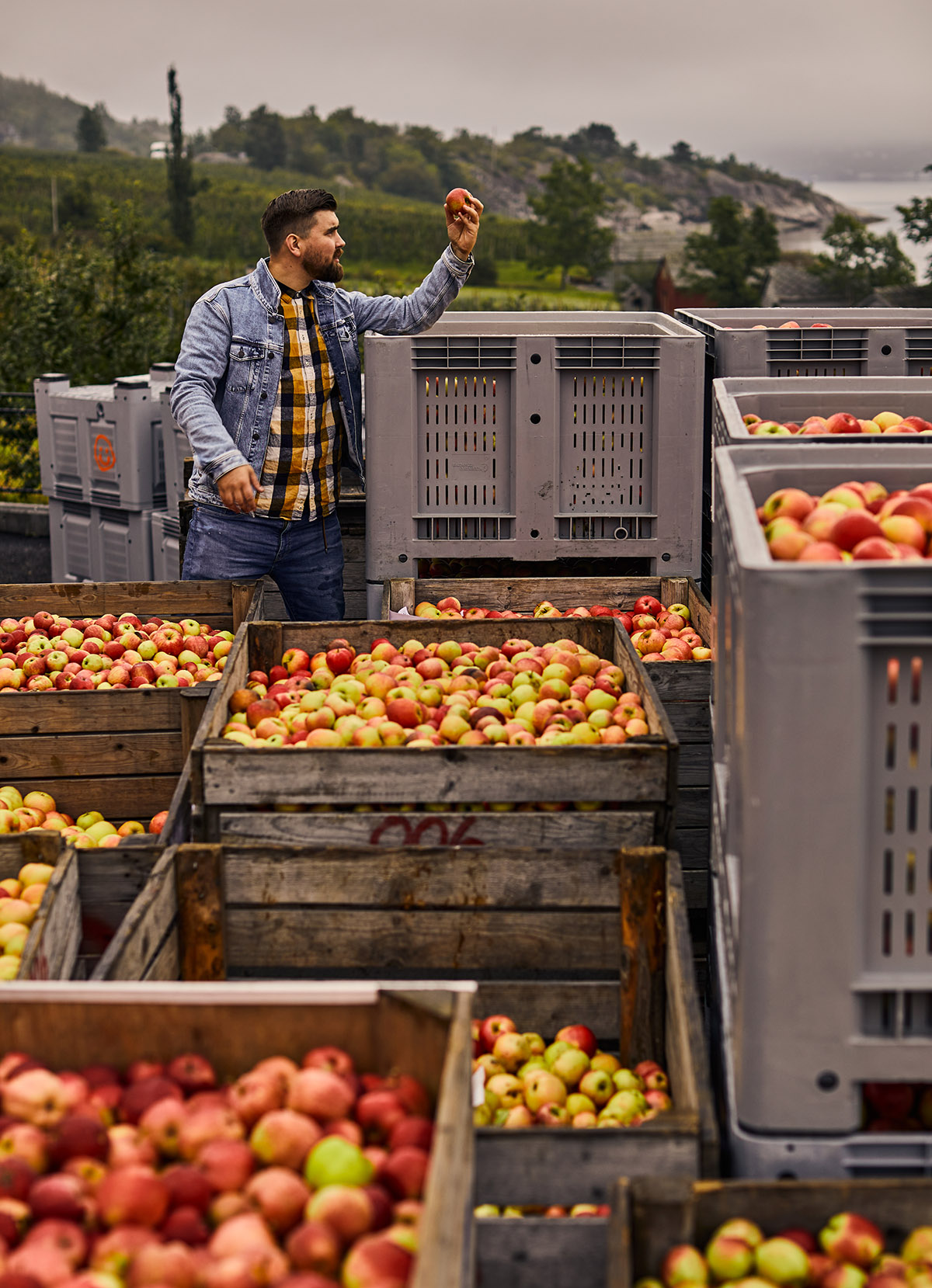Lorry: a life of its own
By Eva-Kristin U. Pedersen
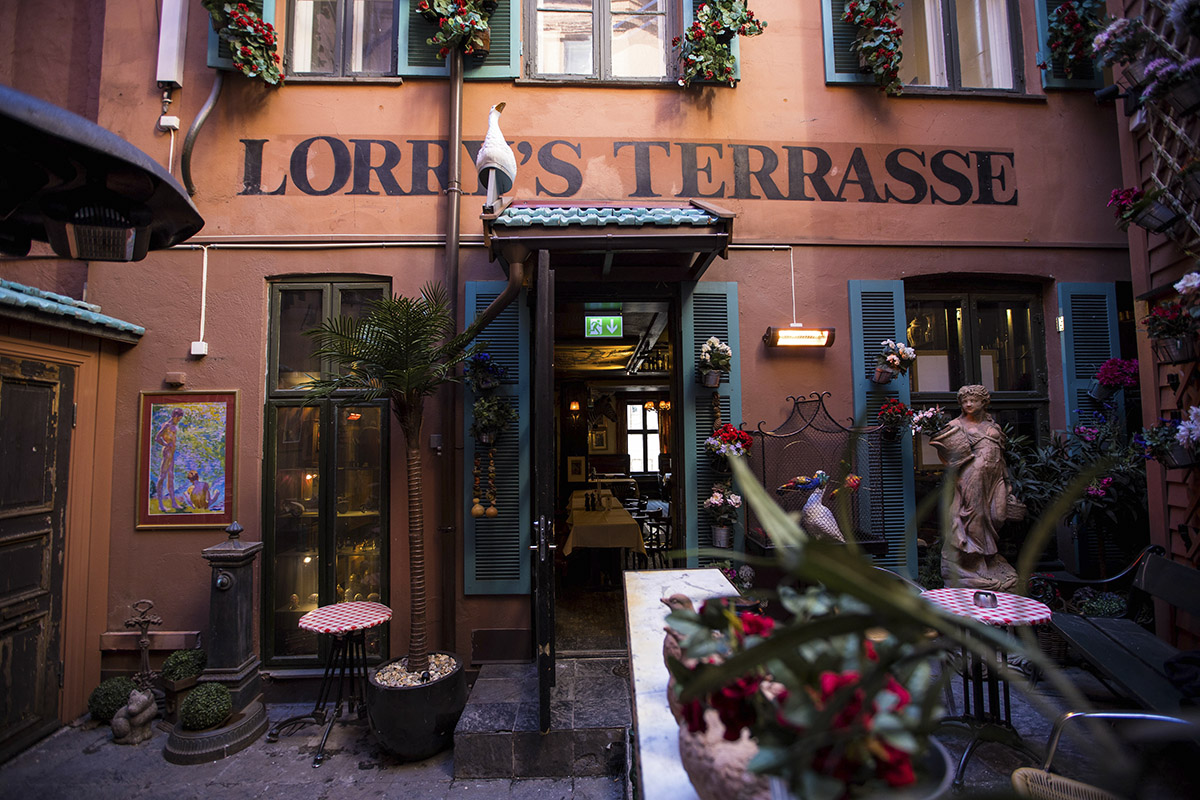
Lorry’s terrace is in true Lorry style. Photo: Lorry Restaurant
Discover Lorry: an institution, a cabinet of curiosities, a restaurant and the greatest beer selection in town.
Everybody in Oslo knows Lorry. An evening at Lorry is not like any other evening out on the town. Tucked away in the heart of Oslo, it’s a place with a very special feel, nurtured both by the variety of people that go there and not least by the eclectic artwork adorning the walls of the 130-year-old (some say 150-year-old) restaurant. So, if you’re in Oslo and somebody proposes to go to Lorry, tag along. You’ll be in for a unique experience.
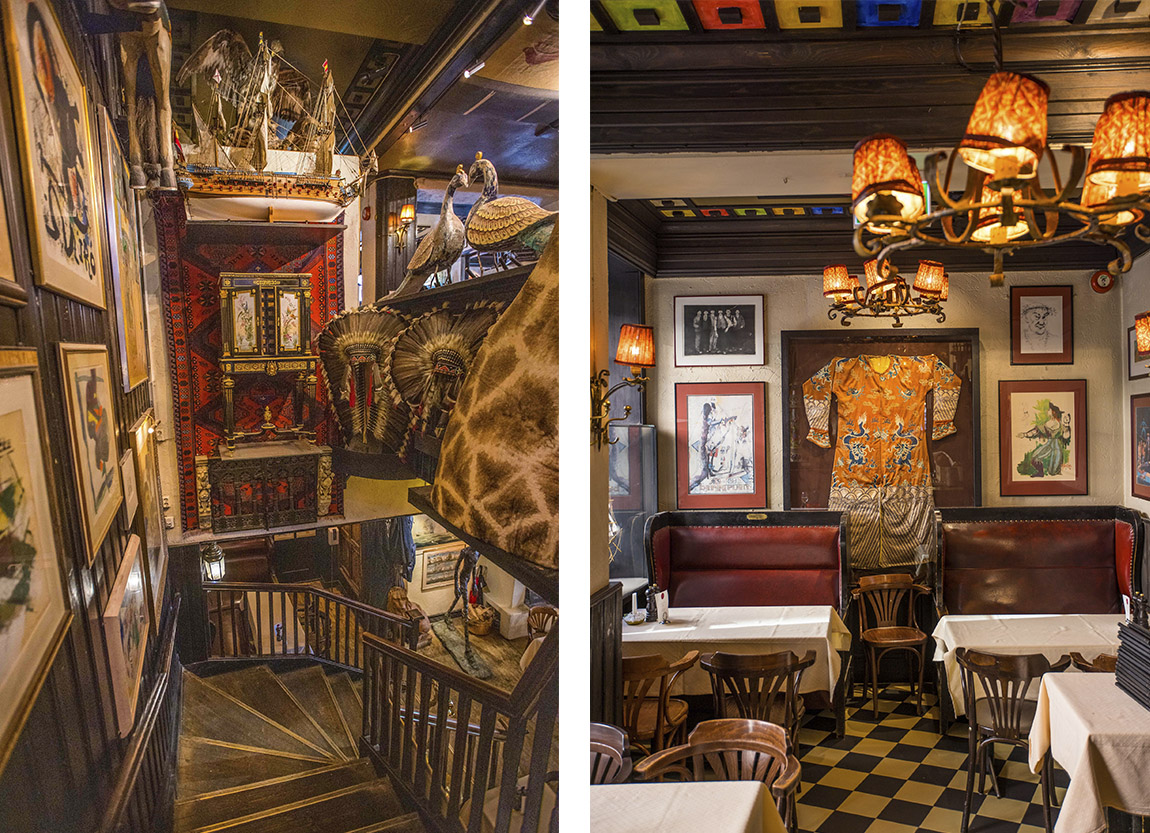
Left: You’ll always find sometihng intriguing to look at at Lorry. Photo: Lorry Restaurant. Right: A cabinet of curiosities and a restaurant. The atmosphere at Lorry is unique. Photo: Lorry Restaurant
A cultural institution
“Lorry is not a restaurant, it’s a cultural institution. The main part of the interior architecture and decoration has been the same since the restaurant first opened. While there have been changes, including the expansion of the main hall and the opening of a second floor, they’ve always been made in the same style”.
This is according to Nicolai Bauer, third generation co-owner of Lorry. Together with his brother, Karl-Axel Bauer, he bought Lorry from their parents some seven years ago, continuing a family tradition that had started in 1950, and that has cemented Lorry’s position as an inalienable part of Oslo’s identity.
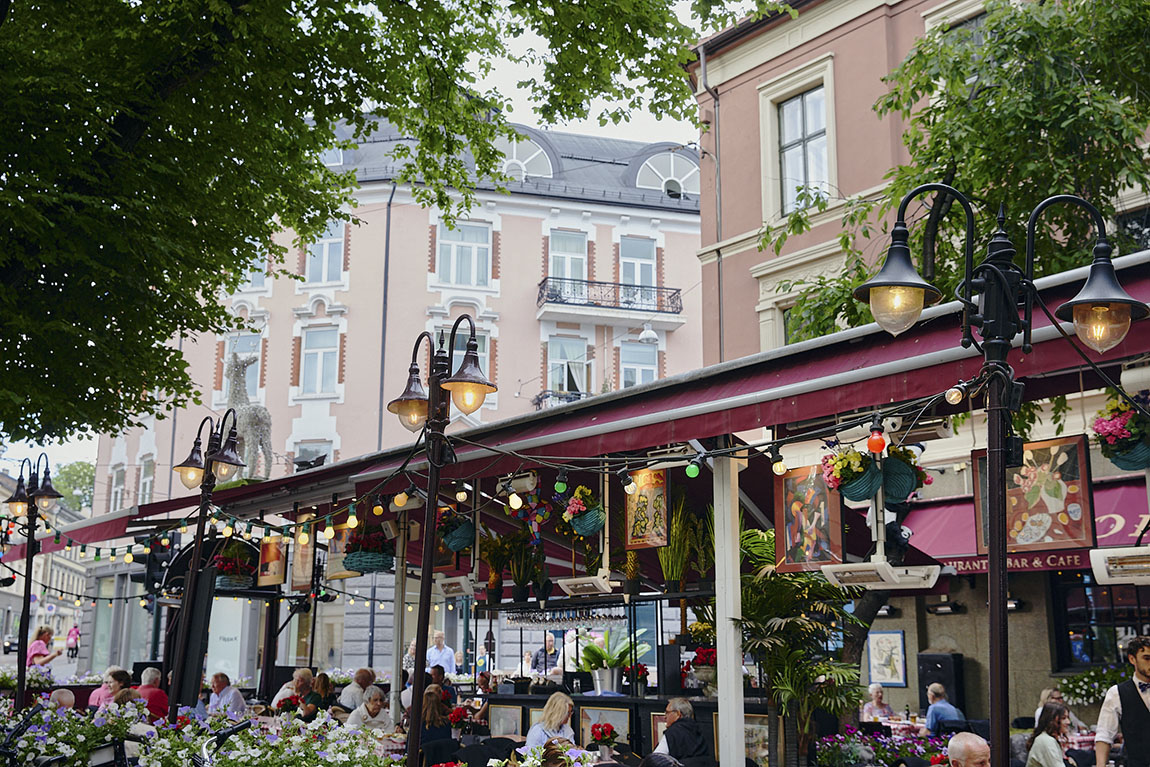
Lorry is a bit of an oasis right in the centre of Oslo. Photo: Guro Sommer
A cabinet of curiosities
Since they took over, the Bauer family has continuously added new art to the restaurant, though without necessarily taking out or exchanging other pieces. The result is much like an old-fashioned cabinet of curiosities: a peculiar mix of art with no structure to it, composed of individual pieces that variously inspire laughter, wonder, thoughtfulness or sadness – or all four at once.
“That’s really the charm and the soul of the place,” Bauer explains, and adds that Lorry has been labelled everything from “the worst nightmare of an interior architect” to “the temple of maximalism”.
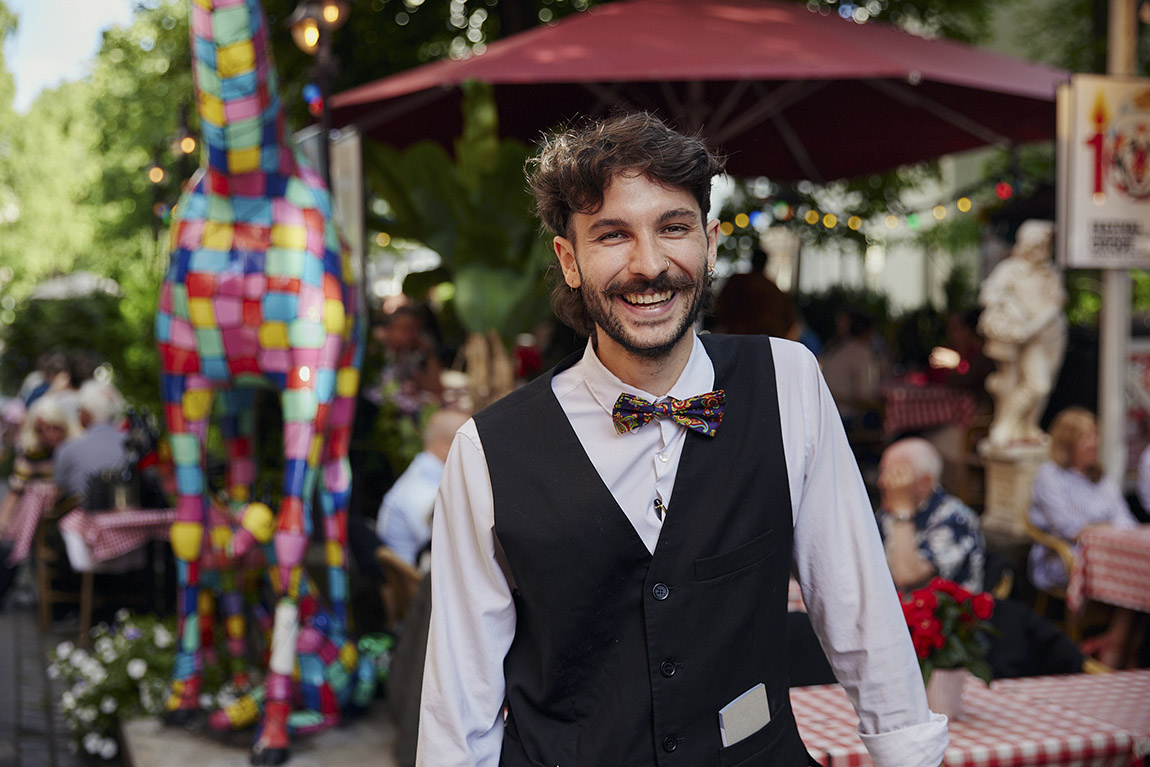
A Lorry waiter. Photo: Guro Sommer
Creative chaos and a source of inspiration
In an essay dedicated to the restaurant, art historian Tommy Sørbø described Lorry as “creative chaos”. According to Sørbø, it is precisely the lack of pedagogy behind the eclectic art collection at Lorry that intrigues the fantasy, and compels the visitor to assign significance to each single object, rather than an overarching general theme or idea.
In that way, Lorry offers something diverse and unique to each guest, and the accumulation of these personal experiences and stories creates that very special atmosphere that few, if any, other restaurants in Oslo can equal. It’s one that attracts everyone from besuited finance-managers to politicians, bohemian artists, royals and young creative professionals.
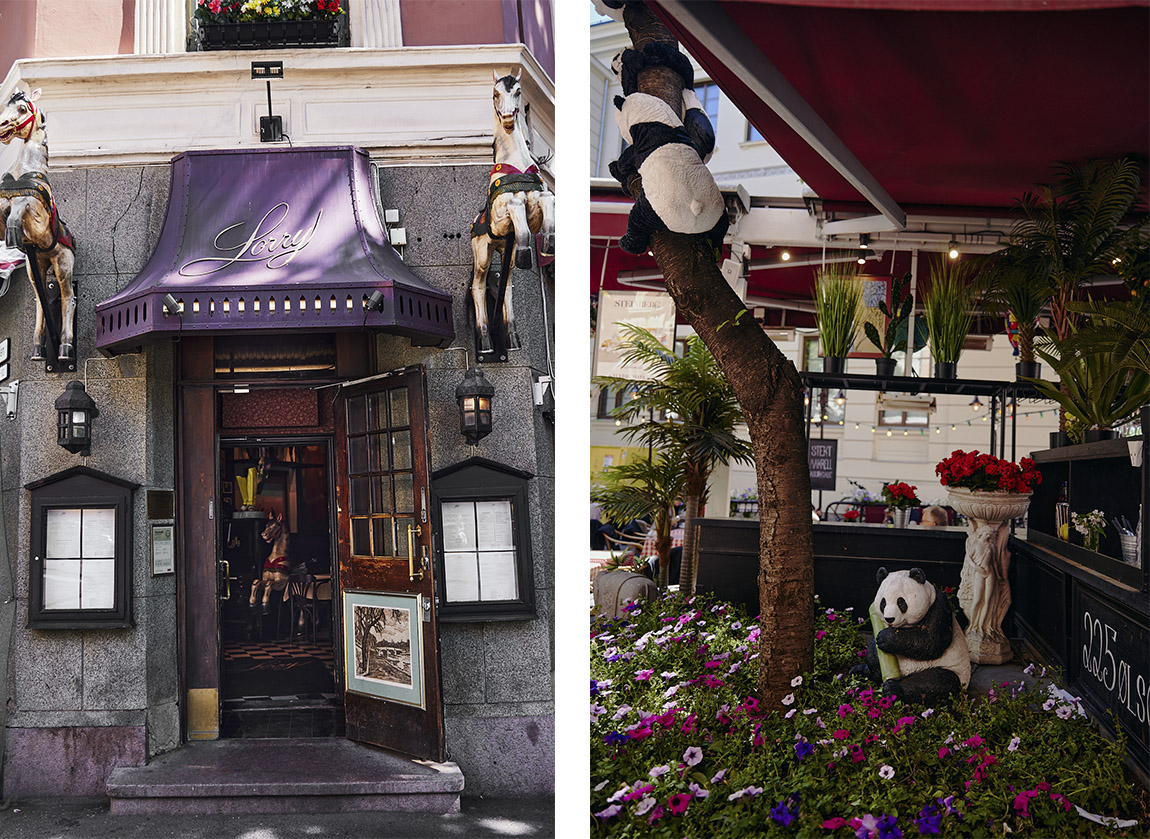
Left: Photo: Guro Sommer. Right: Lorry’s summer garden. Photo: Guro Sommer
A place where men talk
“They say Lorry is a place where men talk to each other,” Bauer says with a smile, hinting at the common assumption that while women easily sit down to talk, men tend to do something together. At Lorry, however, they talk. Be that over a beer – with more than 120 to pick from, Lorry has one of Oslo’s most extensive offerings – or over a meal from the à la carte-menu.
“Reducing Lorry to a restaurant, though it technically is, is diminishing the full value of the Lorry experience. Nevertheless, we have a rich menu that includes traditional Norwegian food as well as French-inspired main courses. Some of the Norwegian dishes vary according to the season. We’ll typically serve pan-fried mackerel in the summer, ‘fårikål’ (the Norwegian national dish of lamb cooked with cabbage and spices, served with potatoes) in the autumn, ‘skrei’ (a large species of cod) in the winter, and of course, typical Christmas food in December. We also have a large variety of sandwiches,” says Bauer.
Administrators more than owners
While Bauer and his brother own Lorry, Bauer explains that they think of themselves as administrators more than owners because “Lorry cannot really be owned.” Lorry lives its own life, detached from the trends and fashions that surround it. What Bauer and his brother really do is to keep a steady course.
“To us, administering Lorry means taking the best of what is there now, into the future. We don’t want the place to stand still, but wish to continue with the subtle changes that evolve Lorry the way it’s always done – much like we did when we created the summer garden.”
When they created the outdoor-seating terrace, they moved some of the artwork outside to recreate the same characteristic atmosphere outside as inside. The result is “very Lorry”, Bauer assures. The owners are also helped by Oslo’s artistic community; many artists ask to hang their artwork there. Bauer and his brother also occasionally dedicate tables to returning customers with a public profile, or as a way of honouring people of cultural importance.
“These are contemporary stamps on a historical institution, small changes that contribute to the continuous development and peculiar dynamics of Lorry,” Bauer says proudly.
History in the making
So, if you’re in Oslo and someone proposes a visit to Lorry, why not go along? You’ll find more than a meal or a beer, more than a peek at the history of a country and a city. Here, you can be a part of it. Lorry is one of few places in the world that doesn’t put history on a pedestal to be contemplated, but invites you to take part in the making of history itself.
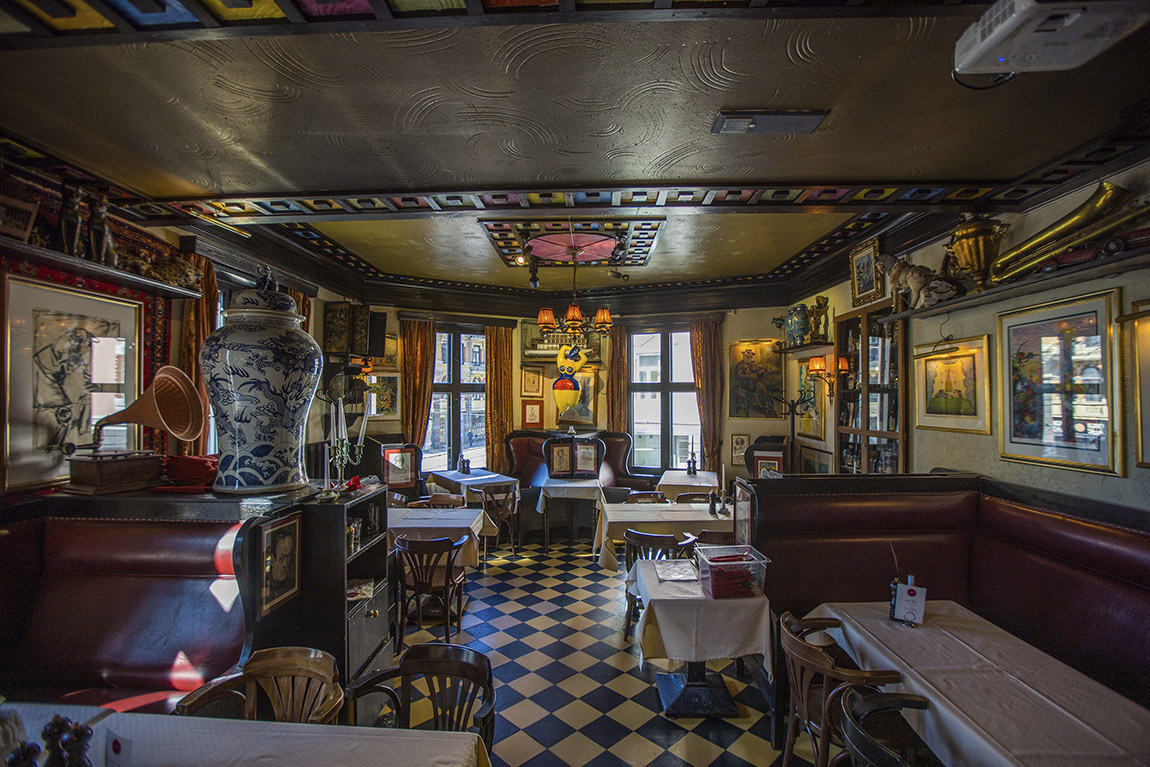
A place where men talk. Lorry’s has largely remained the same since the opening. Photo: Lorry Restaurant
Web: www.lorry.no Instagram: @lorryrestaurant Facebook: lorryrestaurant
Subscribe to Our Newsletter
Receive our monthly newsletter by email

